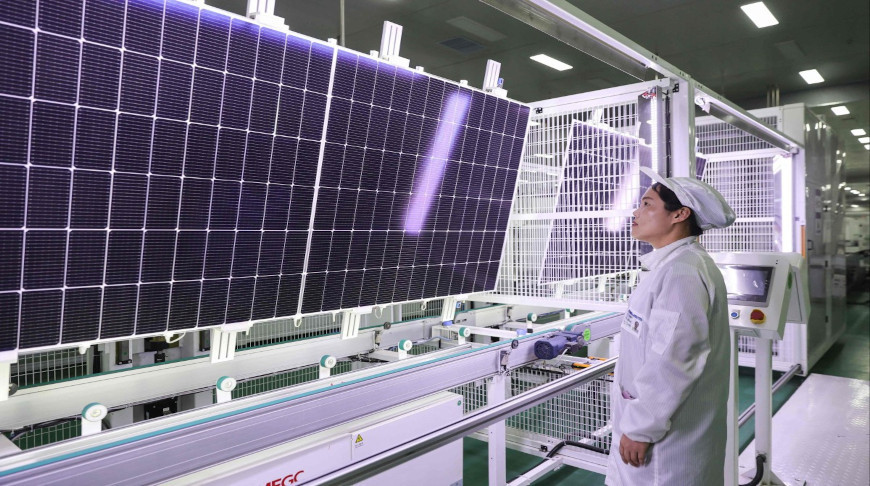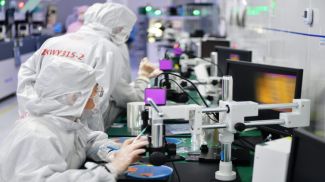
Photo: South China Morning Post / iStock
BEIJING, 12 August (BelTA - China Daily) - Chinese
scientists have achieved a breakthrough in the field of organic solar
cells, providing new ideas for the material design of interfacial layers
and laying the foundation for large-scale commercial application of
organic solar cells.
The study, led by a team of Professor Huang Hui and Associate Professor Cai Yunhao from the University of Chinese Academy of Sciences, has been published in the international academic journal Nature Materials.
Compared with inorganic solar cells, organic solar cells feature lightweight, solution-processability, and inherent mechanical flexibility, enabling fabrication of ultrathin, bendable, and rollable devices suitable for flexible electronics, wearable technology, and building-integrated photovoltaics.
Moreover, they demonstrate greater potential for employing green solvents and biodegradable materials, making them strong candidates for environmentally friendly lifecycle management, from production to end-of-recycling in the future.
However, the power conversion efficiency of organic solar cells has remained at a relatively low level. "One of the core challenge is the performance of the cathode interfacial layer," Cai said.
The use of traditional single interfacial materials faces problems such as insufficient conductivity, severe charge recombination, and poor thin-film morphology, constraining improvements in device efficiency and stability, she added.
To address this challenge, the research team proposed an innovative organic/inorganic "dual-component synergy" strategy.
The study, led by a team of Professor Huang Hui and Associate Professor Cai Yunhao from the University of Chinese Academy of Sciences, has been published in the international academic journal Nature Materials.
Compared with inorganic solar cells, organic solar cells feature lightweight, solution-processability, and inherent mechanical flexibility, enabling fabrication of ultrathin, bendable, and rollable devices suitable for flexible electronics, wearable technology, and building-integrated photovoltaics.
Moreover, they demonstrate greater potential for employing green solvents and biodegradable materials, making them strong candidates for environmentally friendly lifecycle management, from production to end-of-recycling in the future.
However, the power conversion efficiency of organic solar cells has remained at a relatively low level. "One of the core challenge is the performance of the cathode interfacial layer," Cai said.
The use of traditional single interfacial materials faces problems such as insufficient conductivity, severe charge recombination, and poor thin-film morphology, constraining improvements in device efficiency and stability, she added.
To address this challenge, the research team proposed an innovative organic/inorganic "dual-component synergy" strategy.













